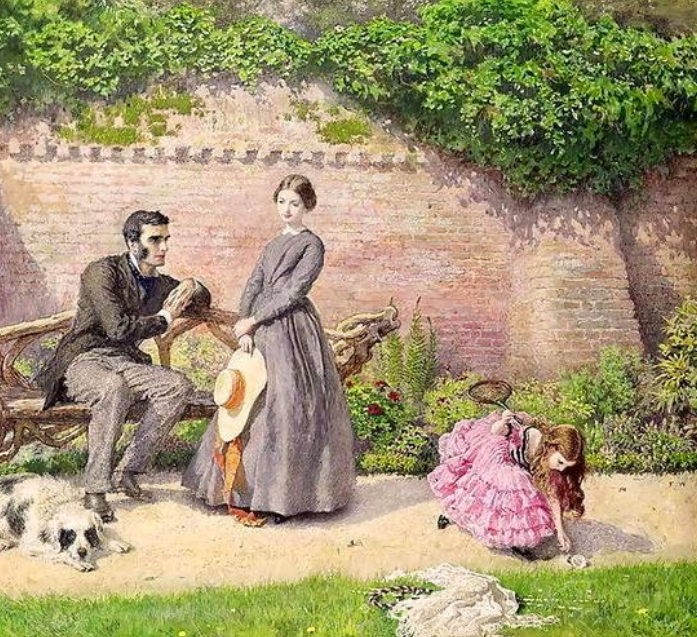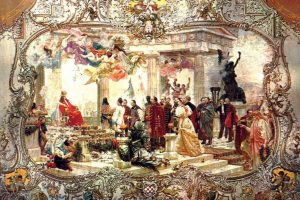
Critic – Charlotte Bronte’s Jane Eyre
Charlotte Bronte’s Jane Eyre is considered a milestone in the history of feminism as the novel challenges the Victorian belief, its strict social hierarchy and patriarchal norms. The central characters of the novel – Jane and Bertha Mason are depicted as the passionate and unconventional figures, which make them a threat to patriarchal forces.
Bronte’s exploration of the complicated social position of a female can be seen in the way Jane faces patriarchal forces from the very beginning of her childhood. The feeling of ‘exile’, which she faces, can be seen as the essential component of her existence. Jane, as a child, feels oppressed and suffocated in Reed’s house where she is condemned to show any kind of passion and expression. This feeling of solitude is further heightened by her imprisonment, rejecting her sense of freedom. John Reed’s tyrannical behavior towards Jane shows the stereotypical portrayal of a male condemning Jane to study in her attempt at education.
Jane’s evolution from childhood to adulthood marks a significant role in forming her interaction with the outside world. Jane’s fatal rejection of cruel authority, restrictions and hypocrisy is manifested in her raised voice against Mr. Brocklehurst’s authority at Lowood School.
Later, her position as a governess at Thornfield Hall depicts the class relationships, and the notion of inequality. Her relationship with Rochester becomes complex in terms of authority and class superiority. Although, Jane is Rochester’s intellectual equal, but their relationship is marked by the power struggle and socio-economic prospects, she accepts Rochester only when she finds her assertive selfhood and equality with Rochester. Thus, Jane challenges the patriarchal forces in comprehending the female passion and assertive selfhood, which is undermined and denied by the Victorian norms.
The crosscurrents of Victorian feminism are also depicted through the portrayal of Bertha mason’s wild passion and her symbolic madness. Her madness is a symbol of fragile femininity, showing resulting in her rage against oppressive gender norms. Her violent outburst represent her outburst to make her presence known is given. The impression of supernatural force created the gothic atmosphere in the story. Thus, Bertha’s madness can be seen as a rage against her forced isolation and manifested torture of being imprisoned.
Bronte, it seems clear, has assimilated in Jane Eyre and Bertha Mason the crisscrossed lines of Patriarchy – comprising the Victorian norms, its suppression and denial of female sexuality by the society but the text also challenges and subordinates the conventional notions and perpetuates female passion making it a threat to the same society.




